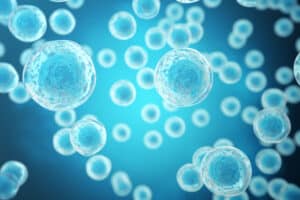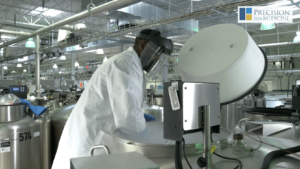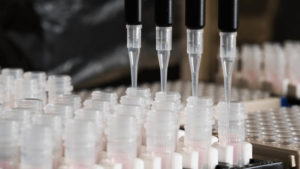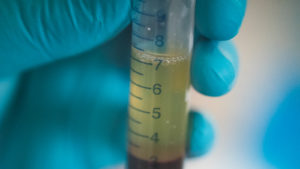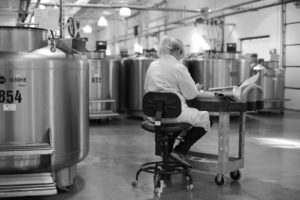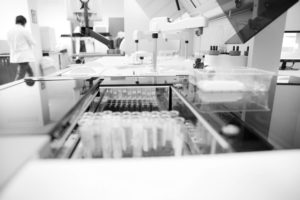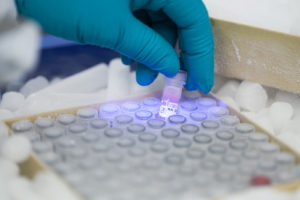Blog
Primary tumor tissue plays an integral role in therapeutic and diagnostic research but can be associated with budgetary and logistical challenges. Consequently, Precision for Medicine has developed a viable alternative in the form of dissociated tumor cells (DTCs). DTCs retain the characteristics of the original tumor, including tumor heterogeneity and cellular complexity, making them a…
Read MoreYou can get cell samples from various places, including repositories, laboratories, and companies like Precision for Medicine. But not all cell samples are created equal. Precision for Medicine has put together a five-point checklist addressing such considerations as data availability, patient consent, time and freshness, and industry standards. Following this checklist will help guide your…
Read MoreWhat is PBMC Isolation? PBMC isolation is the process of separating mononuclear cells from whole blood. There are two primary cell isolation techniques that are used to extract PBMC from the blow. These techniques include: Ficoll-Paque Density Centrifugation and SepMate Centrifugation Ficoll-Paque Density Centrifugation Ficoll-Paque is a long-chain molecule entity that is attracted to water…
Read MoreWhat is the Buffy Coat? The buffy coat accounts for less than 1 percent of a whole blood sample, yet it contains the majority of white blood cells (WBC) and platelets. In fact, leukocytes can be 10-20X more concentrated in the buffy coat than in whole blood. Therefore these samples are highly valuable for researchers and…
Read MoreAt Precision, we want to help ensure you get the full value from you cryopreserved PBMCs. So, we’ll show you how to thaw for the best cell recovery and viability. By following these procedures you’ll find that our cells have a greater than 90% average lot viability and purity post-thaw.
Read More4 considerations to guide your vendor selection If you are developing in vitro diagnostics (IVDs) you probably rely heavily on a steady supply of patient samples, both with and without the target disease. By now, you are also well aware that neither all samples nor all suppliers are equal. To help ensure you get the…
Read MoreIf you’re developing an in vitro diagnostic device (IVD) you are going to need samples. A lot of samples. Unlike pharmaceutical companies who may need to track a single patient over time, you need hundreds of samples from your target population to ensure that you get consistent test results—and hundreds of samples from a control…
Read MoreYou have a promising drug under development and as part of your research you need human biospecimens to be collected prospectively. In the past, you have collaborated with a hospital or academic research center. It’s somewhat effective—but often they want you to set up a research study to fund their lab and PhD scientists. There…
Read MoreWith the rise of precision medicine, researchers have an increasing need for leukopacks and other blood-based products with which to run tests and advance treatment studies. This has created an analogous demand for raw material—and a rise of biomaterial donor sites to supply it. They are not all the same. Historically, blood donor centers have…
Read More
